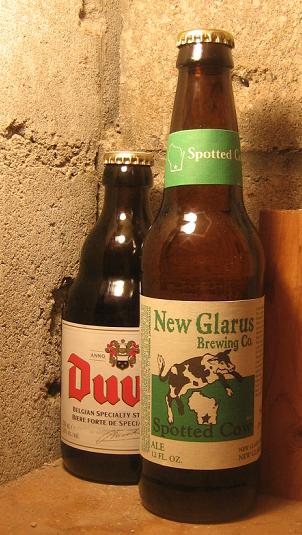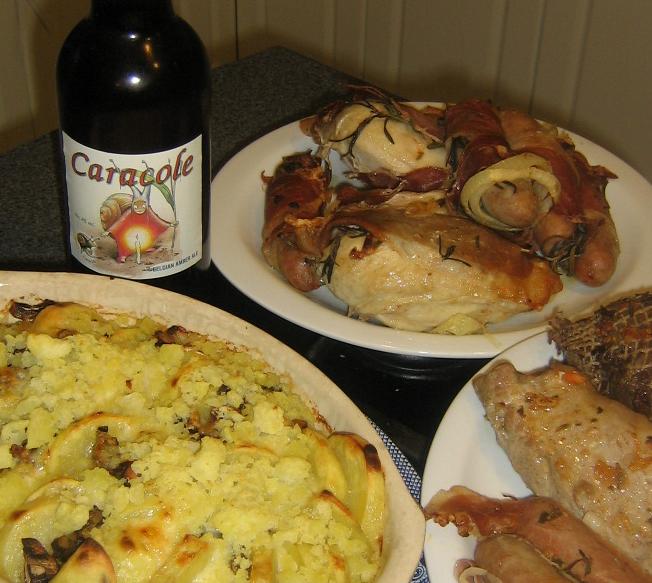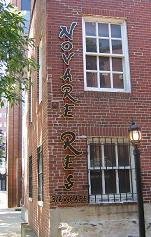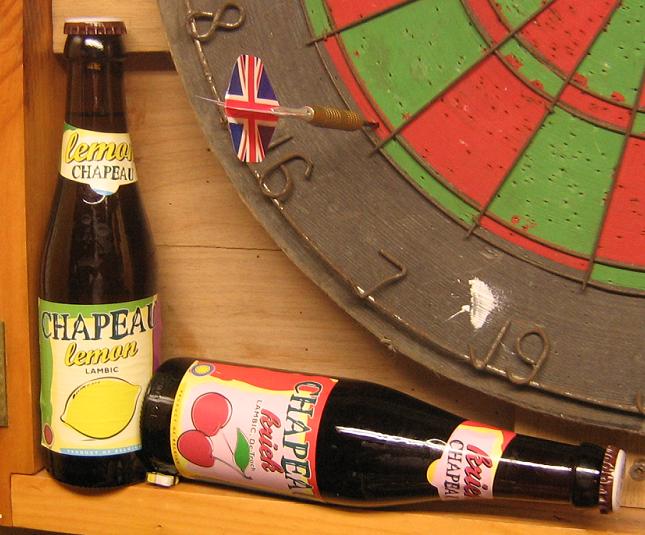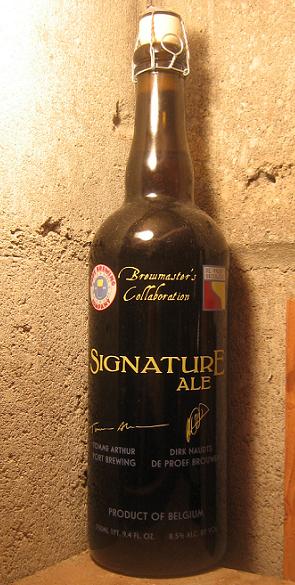 That’s not very clever. Or polite. But one must pun as one can. And one has to be always on watch for indulgence – especially when it comes to marketing… or is it marketability. That is what Stan mentioned: “Collaborations are good business, good marketing, good fun and often result in interesting beer.” Or a bit of what he said… or implied. Sorta. But can they also result in bad business, poor marketing, tedium and dull beer? Of course they might. If not, what point would there be to this month’s edition of The Session?
That’s not very clever. Or polite. But one must pun as one can. And one has to be always on watch for indulgence – especially when it comes to marketing… or is it marketability. That is what Stan mentioned: “Collaborations are good business, good marketing, good fun and often result in interesting beer.” Or a bit of what he said… or implied. Sorta. But can they also result in bad business, poor marketing, tedium and dull beer? Of course they might. If not, what point would there be to this month’s edition of The Session?
This brew is a good illustration of the quandary, Brewmaster’s (sic) Collaboration Signature Ale #1 which resulted from a brewing get together 3 years ago and two months ago between Tomme Arthur of Port Brewing and Dirk Naudis of De Proef. It pours a deep rich varnished pine under thick rocky clinging off white head. The aroma includes pine sap and nutmeg, bubblegum and marigold. The mouthfeel is very soft and compelling but turns on you with the twin bite of hops and alcohol. There is pear and honey in the malt. All very attractive yet it’s a bit of a muddle. It’s overly hot from just 8.5% alcohol, the hops also burn and the malt’s a wee bit flabby. There is a bit of brett or some other sour tang a bit down there as well as a little of spice. But the furniture polish hops overwhelm it all. As they usually do. Like using the fuzz or the waa-waa pedal or a car with an intentionally bad muffler. The label claims that “these notes could be out of balance were it not for the generous maltiness that holds the beer in check.” I am not sure I agree.
Could be that time or the shelves of the middleman have taken a toll? I think not. This beer is like a decent Belgian golden strong ale got mixed up with a good California double IPA which stumbled into little dubbel. Plenty of BAer love but hasn’t this been done? A hundred times? Could be by now – but had it “been done” back in March of 2007? Three years and two months is a lifetime in craft beer marketability trends. It took until 2009 before folks got a bit jaded on the idea. Maybe this was one of the first inquiries into the collaboration idea that branched into or at least was working with into that early late mid-decade Belgian double IPA idea. When collaboration was new and interesting.
Collaboration might be a great idea but it also might be an idea with less universal applicability or longevity than one might have hoped a few years ago. Let’s be honest. All craft beer is collaboration. Brewers work with other brewers, were trained by brewers and were inspired by brewers. Does it really matter that one craft brewer held the basket of hops as they were shaken into the other’s brewing kettle? After taking a jet?

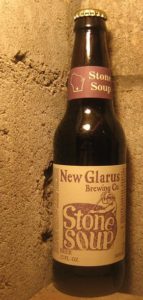
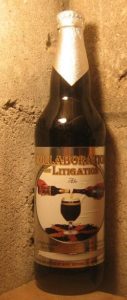 What to call these beers? For the last few years, brewers have been
What to call these beers? For the last few years, brewers have been 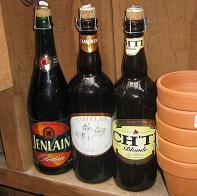 The trouble with charcoal grilling is that when the rain comes you can’t turn it off. Propane, on the other hand, has a nice dial that has a “0” setting. But there is the garden shed and, when it rains and you have visitors, it can turn out to be a delightful place to while away a late afternoon hour reading last week’s newspapers in the recycling bin, listening to AM radio and comparing a few examples of bieres de garde and saisons.
The trouble with charcoal grilling is that when the rain comes you can’t turn it off. Propane, on the other hand, has a nice dial that has a “0” setting. But there is the garden shed and, when it rains and you have visitors, it can turn out to be a delightful place to while away a late afternoon hour reading last week’s newspapers in the recycling bin, listening to AM radio and comparing a few examples of bieres de garde and saisons.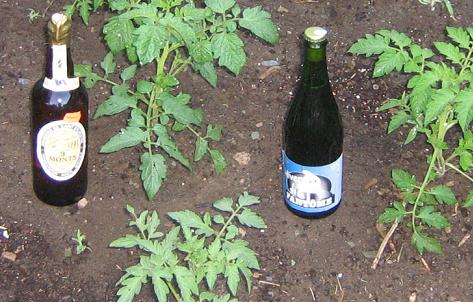
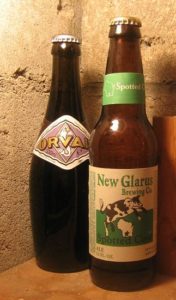 This is the second in my
This is the second in my 